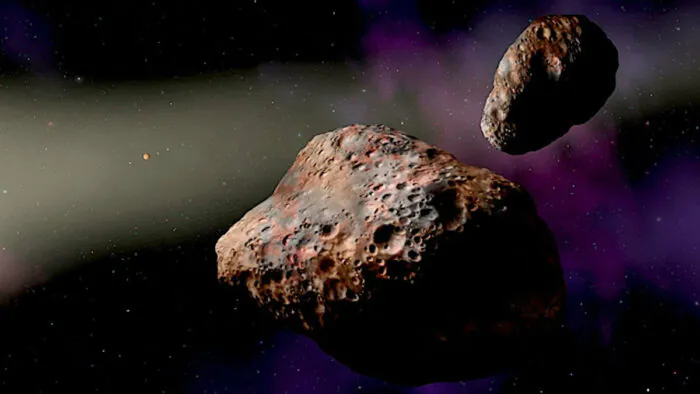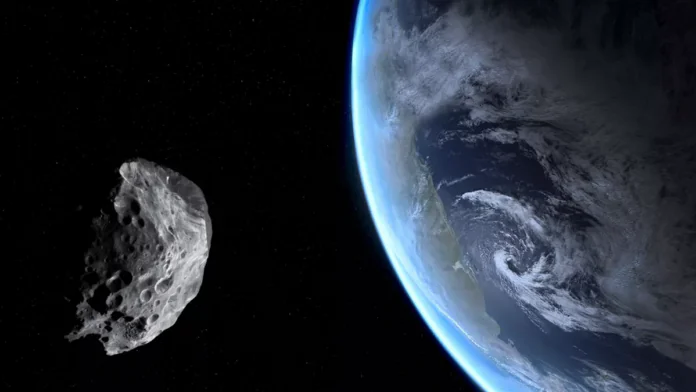© ROOT-NATION.com - Use of content is permitted with a backlink.
Using a new astrodynamic algorithm, researchers have discovered more than 100 asteroids that went unnoticed in archival images of the sky.
Asteroids are rocky objects that have survived since the formation of the solar system, which occurred more than 4 billion years ago. These rocky bodies range in diameter from a few tens of centimeters to hundreds of meters and are too small to be classified as planets.
These 104 previously unknown asteroids were discovered using a new algorithm called Tracklet-less Heliocentric Orbit Recovery (THOR), which is part of a cloud-based astrodynamic platform called Asteroid Discovery Analysis and Mapping (ADAM) of the Asteroid Institute, a nonprofit organization, which supports research and technology aimed at mapping the solar system and navigation purposes.
“Discovering and tracking asteroids is crucial to understanding our solar system, enabling development of space and protecting our planet from asteroid impacts,” said Ed Lu, executive director of the Asteroid Institute.

“With THOR running on ADAM, any telescope with an archive can now become an asteroid search telescope. We are using the power of massive computation to enable not only more discoveries from existing telescopes but also to find and track asteroids in historical images of the sky that had gone previously unnoticed because they were never intended for asteroid searches.”
These new asteroids were discovered using archival data previously collected and combined into the NOIRLab Source Catalog. This data was analyzed using the THOR algorithm on the ADAM platform running on Google Cloud. Data from the NOIRLab laboratory included more than 68 billion observations made with the help of the National Observatory of Optical Astronomy between 2012 and 2019. Candidate asteroids have been proposed for confirmation by the Center for Small Planets of the International Astronomical Union.
The discovery of these asteroids using the THOR algorithm will allow even more discoveries of asteroids in the future, using archival data sets collected with telescopes, the researchers said.
You can also help Ukraine fight with Russian occupants via Savelife or via an official page of the National Bank of Ukraine.
Read also:


